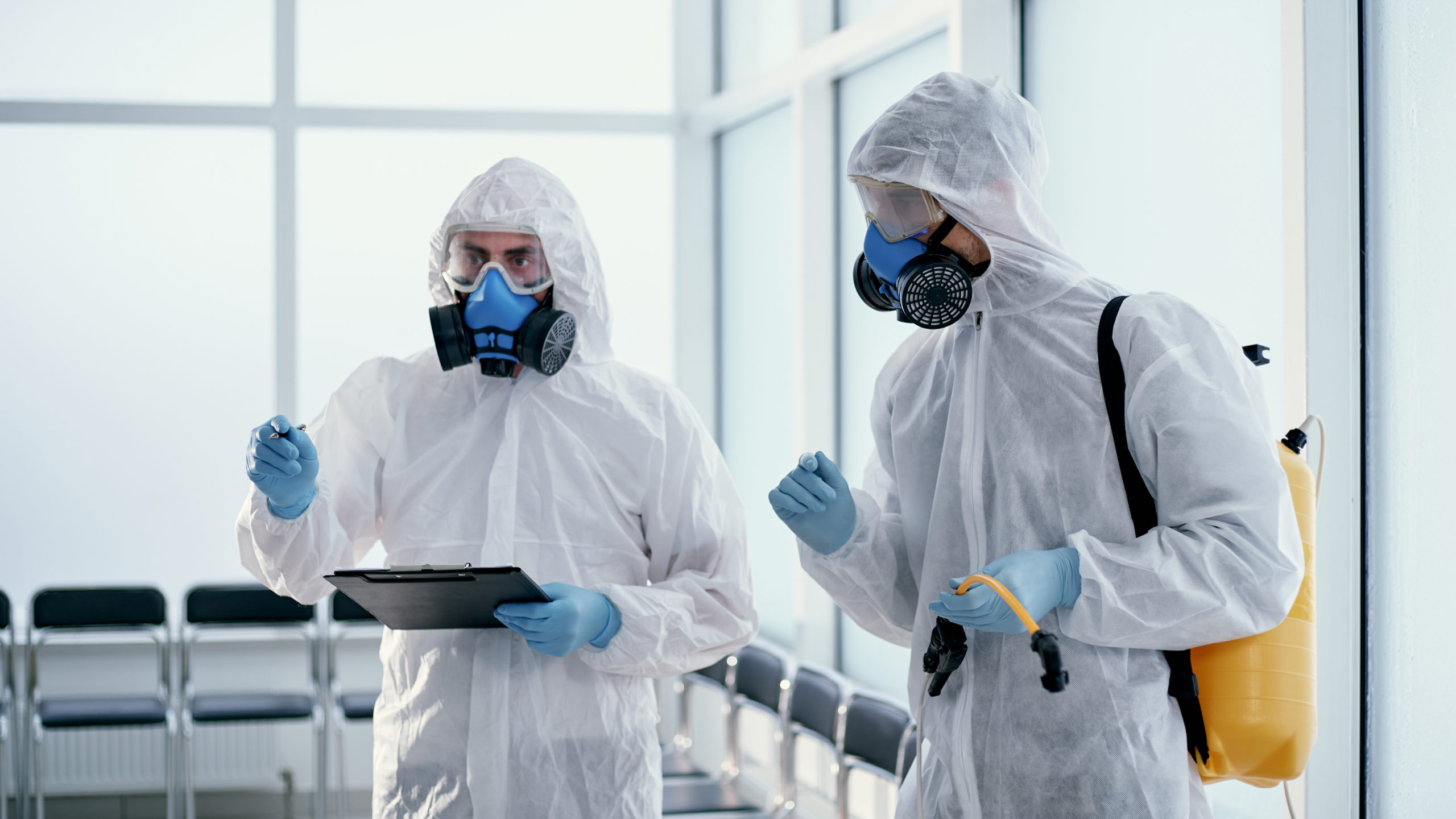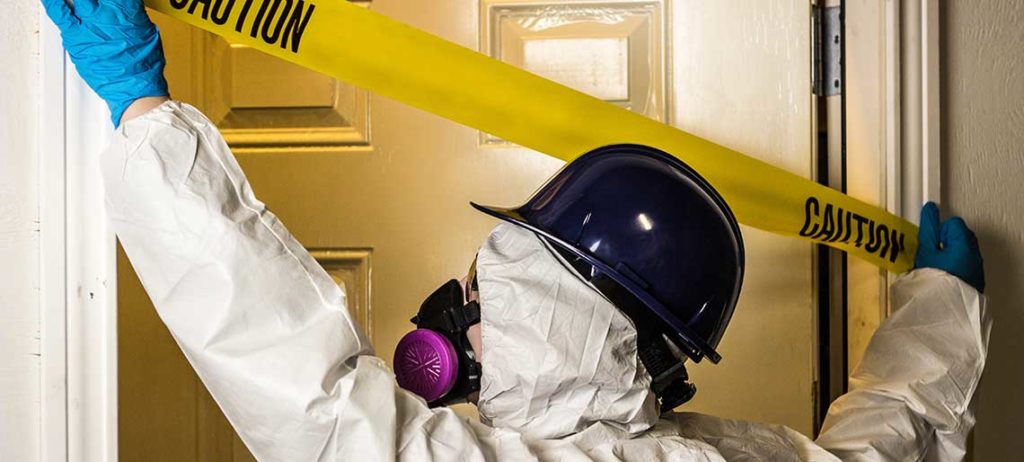Exact ATP Testing for Effective Cleanliness and Health Tracking
Exact ATP Testing for Effective Cleanliness and Health Tracking
Blog Article
Specialist Biohazard Cleaning and Decontamination for Blood, Bodily Fluids, and Hazardous Materials
In the realm of biohazard cleaning and purification for blood, physical fluids, and dangerous materials, accuracy and knowledge are critical. The potential health and wellness risks linked with direct exposure to biohazards highlight the essential demand for precise handling and extensive cleanup. Specialized training outfits experts with the knowledge and abilities required to address these dangerous circumstances efficiently. Nonetheless, it is not just about cleansing up; the importance of using appropriate decontamination strategies can not be overstated. As we browse the complex landscape of biohazard cleanup, comprehending the nuances of laws, compliance, and the customized devices at play becomes critical in making sure a comprehensive and risk-free decontamination procedure.
Health And Wellness Threats of Biohazard Direct Exposure
Exposure to biohazards poses significant health dangers that can lead to serious repercussions for people and areas alike. Biohazards encompass a wide range of biological compounds, including blood, bodily fluids, mold, bacteria, viruses, and various other possibly transmittable products. When people enter into call with these biohazards, whether with mishaps, incorrect handling, or environmental exposure, they deal with the threat of having severe health problems or conditions.
Among the main health risks connected with biohazard direct exposure is the transmission of infectious conditions. Bloodborne virus such as HIV, liver disease B and C, and different germs can be present in biohazardous materials, posing a straight danger to human health and wellness. Inhaling air-borne biohazards like mold and mildew spores or coming right into contact with contaminated surface areas can likewise result in respiratory issues, allergic reactions, and various other negative health and wellness effects.
Furthermore, biohazard direct exposure can have long-lasting health effects, with some illness manifesting years after the first call (Blood Cleanup). Therefore, it is critical to prioritize proper biohazard cleansing and decontamination to minimize these health and wellness risks and make sure the security of neighborhoods and individuals

Specialized Training for Biohazard Cleanup
When it concerns managing biohazard clean-up effectively and securely, specialized training plays a fundamental role in making certain appropriate decontamination procedures are complied with. Biohazard cleaning calls for particular understanding and abilities to properly mitigate dangers connected with bloodborne virus, bodily fluids, and harmful products. Specialists educated in biohazard cleanup undergo rigorous instruction on exactly how to safely manage, remove, and take care of biohazardous products to avoid contamination and exposure.
Specialized training for biohazard cleanup covers a range of important topics, including proper personal protective equipment (PPE) use, bloodborne microorganism understanding, purification methods, and contaminated materials disposal procedures. Individuals learnt biohazard cleanup are geared up with the required experience to evaluate contamination degrees, identify possible threats, and apply proper clean-up procedures in compliance with governing criteria.
Constant training and education are critical in the area of biohazard cleaning to stay upgraded on the current purification innovations, security methods, and policies. By spending in specialized training, biohazard cleaning professionals can properly react to emergency situation cleaning scenarios and protect both public wellness and the atmosphere.
Significance of Appropriate Decontamination Methods
Utilizing correct decontamination techniques is essential in biohazard cleanup to properly minimize and get rid of hazardous products health threats. Efficient purification not only ensures the removal of noticeable traces of blood, bodily liquids, and other biohazards however additionally targets invisible virus that may present serious health and wellness threats if not effectively home eliminated. By adhering to stringent purification methods, educated professionals can substantially reduce the danger of direct exposure to dangerous bacteria, infections, and microorganisms that could result in infections or conditions.
Correct decontamination techniques include making use of specialized equipment and more information disinfectants that are particularly made to neutralize biohazards efficiently. Thorough cleaning and sanitation of infected locations are necessary to stop the spread of microorganisms and make certain a secure setting for owners. Furthermore, the appropriate disposal of biohazardous waste complying with decontamination procedures is vital in avoiding contamination of other surface areas or people.

Devices and Tools for Safe Cleanup
When dealing with blood, physical fluids, or dangerous products, biohazard cleaning experts count on specialized gear to lessen direct exposure risks and completely sanitize the damaged area. In addition, biohazard cleaning sets containing disinfectants, absorbing products, and biohazard bags are used to safely dispose and include of contaminated things.
Advanced cleansing tools like hospital-grade disinfectants, HEPA-filtered vacuums, and misting equipments are used to sanitize surfaces and eliminate biohazards properly. Specialized tools such as sharps containers and biohazard waste disposal bins are made use of to securely manage sharp objects and biohazardous waste materials. By using the ideal devices and devices, biohazard cleansing specialists can ensure a complete cleaning procedure that focuses on safety and security and decreases health risks for both workers and occupants of the affected space.
Regulations and Compliance in Biohazard Cleansing
Correct adherence to laws and conformity criteria is extremely important in biohazard cleansing to ensure the safety of both personnel and the environment. Government firms such as OSHA (Occupational Safety And Security and Wellness Management) and the EPA (Environmental Security Company) have established details standards for biohazard clean-up treatments to decrease wellness dangers and environmental contamination. These regulations cover a range of facets consisting of the handling, transportation, and disposal of biohazardous products, along with the needed training and protective equipment needed for workers entailed in the cleaning process.
Biohazard cleaning firms need to stay current with these guidelines to guarantee that their procedures satisfy the required safety and security requirements. Failure to adhere to these regulations Read Full Report can lead to severe effects, including fines, lawful action, and jeopardizing the health and wellness of individuals and the atmosphere. By following rigorous policies and conformity actions, biohazard cleaning companies can successfully mitigate threats and guarantee a risk-free and detailed clean-up procedure for all parties entailed.
Conclusion
To conclude, biohazard cleaning and purification call for specialized training, correct methods, and adherence to guidelines. Direct exposure to blood, bodily fluids, and unsafe materials presents substantial health dangers, making it crucial to utilize the right devices and devices for safe clean-up. By adhering to rigorous protocols and guidelines, experts can properly mitigate the risks related to biohazard exposure and make sure the safety and security of both themselves and others.
As we browse the intricate landscape of biohazard cleanup, comprehending the nuances of guidelines, conformity, and the customized tools at play becomes critical in guaranteeing a comprehensive and risk-free decontamination procedure. (Blood Cleanup)
When it comes to taking care of biohazard cleaning successfully and safely, specialized training plays an essential function in making sure appropriate purification treatments are complied with.Making use of proper purification strategies is critical in biohazard cleaning to properly lessen and get rid of dangerous materials health threats. In addition, biohazard cleansing sets including disinfectants, absorbing products, and biohazard bags are utilized to safely contain and get rid of of contaminated things.
Government agencies such as OSHA (Occupational Safety And Security and Health Administration) and the EPA (Environmental Defense Company) have developed certain guidelines for biohazard cleaning treatments to reduce wellness dangers and environmental contamination.
Report this page